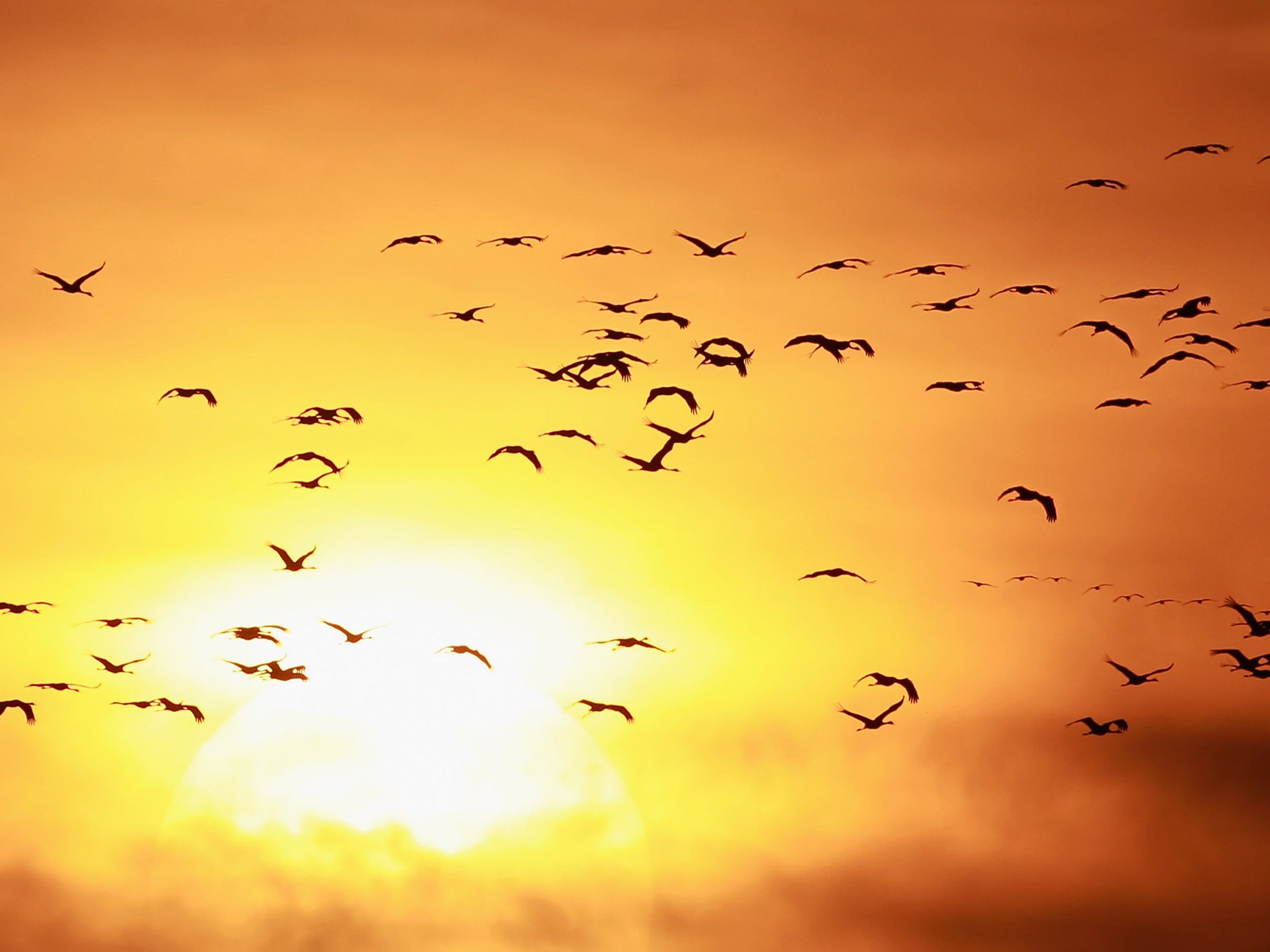Earth houses 462 more species of bird than previously thought

There are 462 more species of bird in the world than previously thought after the most comprehensive avian analysis ever undertaken identified 46 new species of parrot, 26 extra owls and a host of other new entrants to the record books.
The study of the world’s 4,087 known species of non-songbirds discovered that there are in fact 4,549 of them, after the research group Birdlife International changed the way it analysed the birds to a more consistent approach.
As a result, hundreds of birds that had been regarded as sub-species – essentially two or more different "races" of the same species – were in fact different enough to be considered separate species in their own right.
Conservationists welcomed the increase in bird species but cautioned that by splitting up often small populations more had also become endangered.
“It is exciting to think that there are even more bird species than we previously thought. However, many of these are highly threatened”, said Nigel Collar, who worked on the survey for BirdLife International, which compiles the official “Red List” of endangered birds.
The newly discovered species are almost twice as likely to be endangered as the bird population at large because the simple fact of splitting a species makes it more vulnerable, while many already live in small, isolated populations, BirdLife said.
Some 13 per cent of bird species globally are on the International Union for Conservation of Nature (IUCN) Red List – a number which rises slightly to 14 per cent when the new species, of which 25 per cent are endangered, are factored in.
Grahame Madge,of the RSPB said: “It’s good news that we have more genetic diversity than we thought but the flipside is that conservation groups already struggling with high numbers of endangered species have suddenly seen their in-trays become larger.”
The newly discovered bird species also include 36 hummingbirds, as well as pigeons, guinea fowls, partridges, ducks, ostriches and quail.
No new species were discovered in the UK or Europe, where record-keeping has typically been relatively thorough.
However, two islands in the South Atlantic that are part of the British Overseas Territories are involved.
The case concerns two sub-species: the Tristan Moorhen of the island of Tristan da Cunha and the Gough Moorhen of Gough Island, located 395 miles to the southeast.
While the Tristan Moorhen became extinct around the end of the 19th Century after years of hunting by humans, rats, cats and pigs – the species was thought to be holding on in the form of the Gough Moorhen.
But now BirdLife has declared them to be two separate species, making the Tristan Moorhen species now extinct, and leaving the separate Gough Moorhen alive.
The findings of the BirdLife survey means the number of non-songbird – or non-passerine - species is about 10 per cent higher than previously thought.
The group is now surveying the slightly larger songbird population, which makes up the remainder of the world’s roughly 10,700 bird species. It expects the results to produce a similar finding – that numbers are about a tenth higher than thought – implying that the total number of bird species will be more than 1,000 higher than previously thought when both surveys are complete.
Many of the new bird species are located on small islands around Indonesia and the Philippines, the Island of Java.
Join our commenting forum
Join thought-provoking conversations, follow other Independent readers and see their replies
Comments
Bookmark popover
Removed from bookmarks